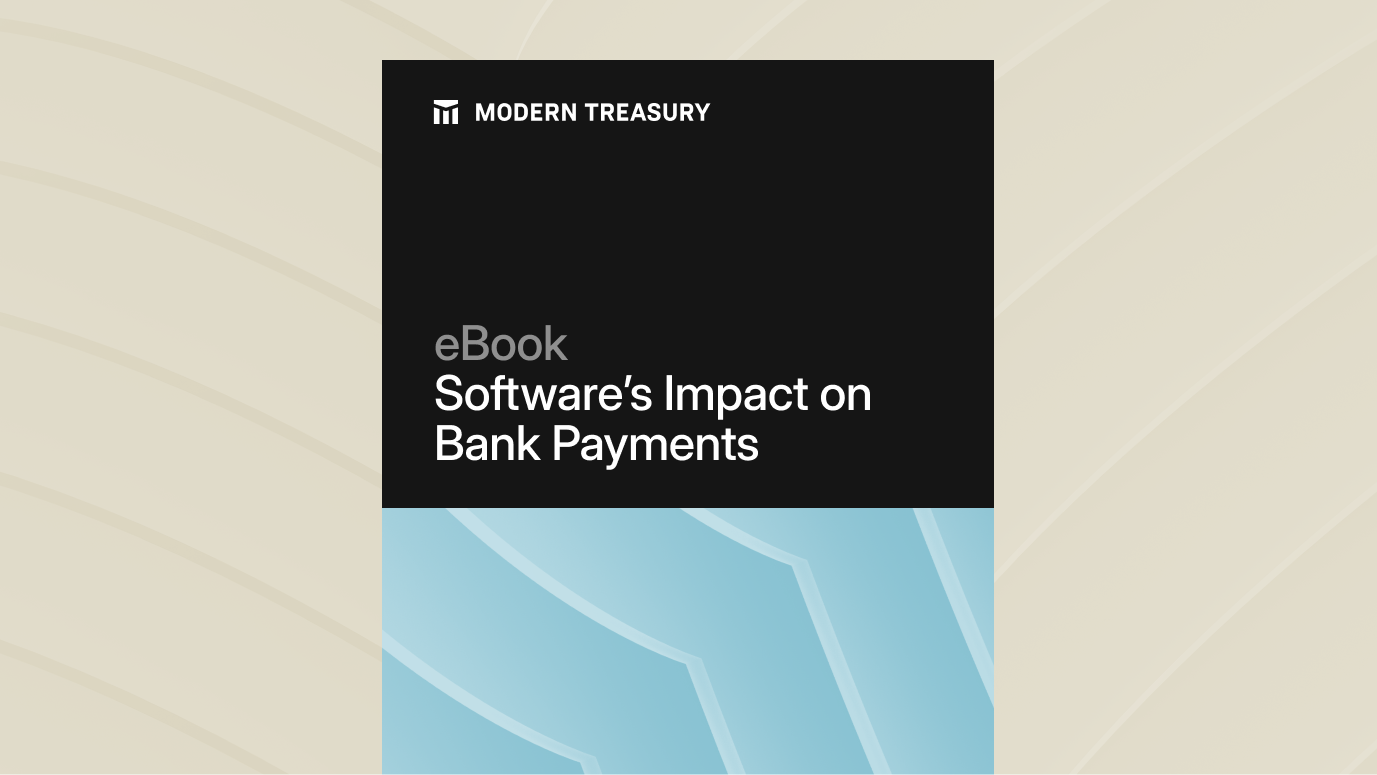Join us at Transfer 2025 to hear how industry leaders are building payments infrastructure for a real-time world.Register Today →
What Does INDN Mean?
Bank statements can be difficult to understand. We’ve previously written about bank statement descriptions and how they work. In this post, we will focus on a specific abbreviation, INDN, that you may see on your bank statement.

Bank statements can be difficult to understand.
We’ve previously written about bank statement descriptions and how they work. In this post, we will focus on a specific abbreviation, INDN, that you may see on your bank statement. The abbreviation INDN on a bank statement refers to the “Receiving Individual Name” in an ACH transaction.
All ACH payments have an originator and a receiver. The originator is the party that makes the payment happen and the receiver is the party on the other side of the payment. An important nuance is that the originator might be pulling funds from or pushing funds to the receiving party.
An example of pulling funds would be paying your credit card bill. In this case, the credit card company is the originator and you are the receiver, and the money is pulled (“debited”) from your account.
An example of pushing funds is bill pay. If you log in and click “pay my water bill,” you are the originator and the water company is the receiver. The money is pushed (“credited”) to the water company’s account.
To come back to INDN, let’s look at a typical example for a line on a bank statement:
This is a line from Sam’s bank statement. He saw this line when American Express pulled funds from his bank account to pay off his credit card bill. Sam’s name appears after the INDN abbreviation to denote that he is the receiver on this payment.
If you’re interested in learning more about bank statements and how they work, please reach out to chat with us.
Insight and automation for finance teams
Discover bank connectivity, payment controls, and automatic reconciliation all in one.







